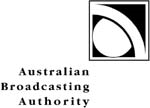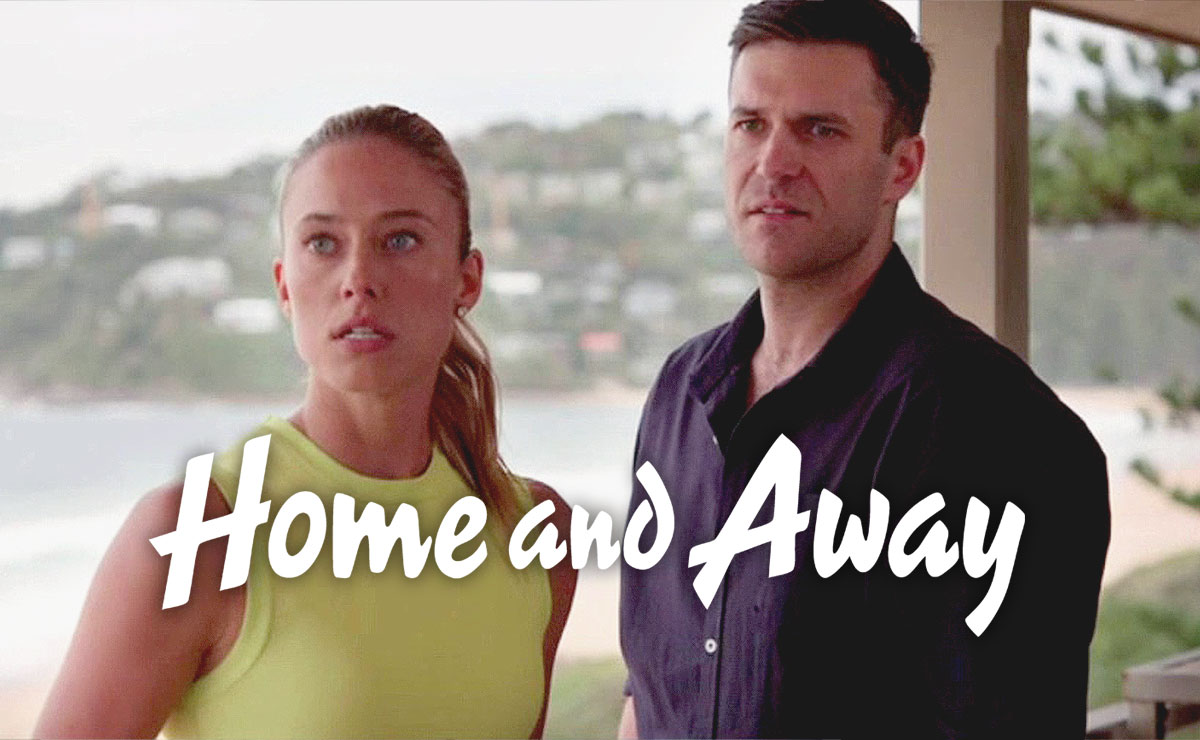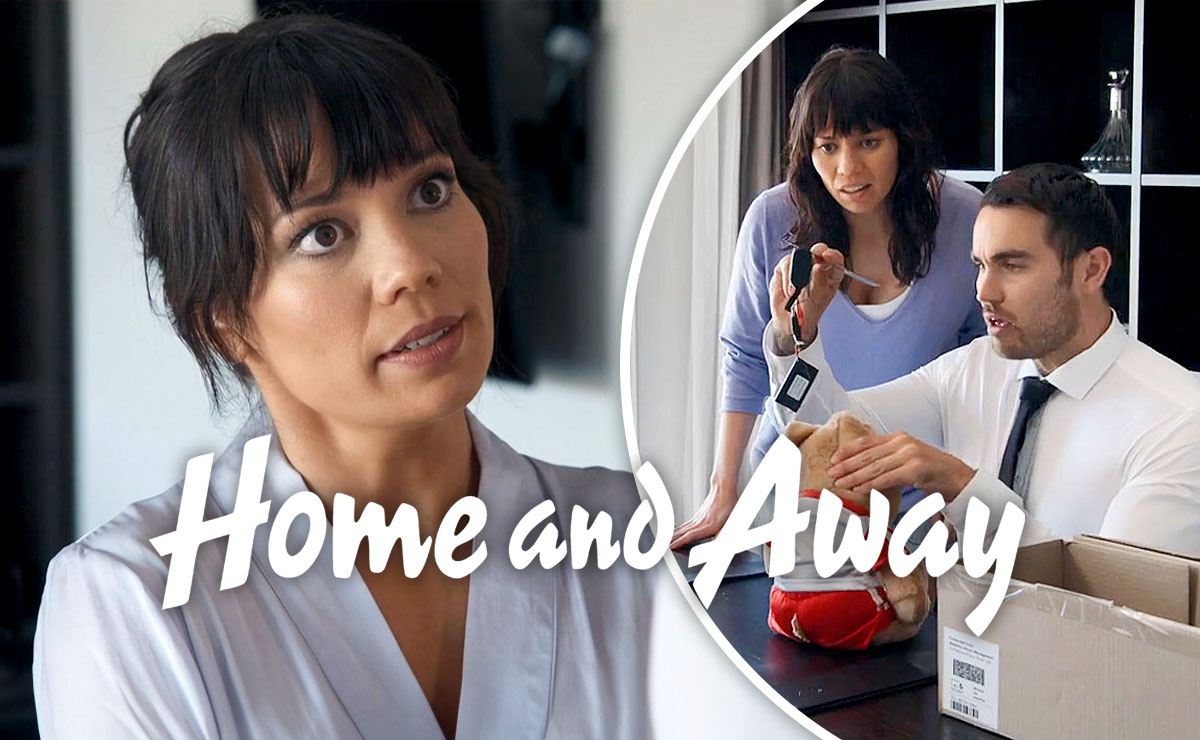Olympic Ep breaches Code of Practice

The following extract is from the ABA’ss report, which was published on the 9th May 2005.
On 27 October 2004, the ABA received a complaint concerning an episode of Home and Away that was broadcast on 13 August 2004 at 7 pm. The complainant alleged that the episode contained violence and adult themes that were inappropriate for a child audience.
The ABA found that the closing scene of the episode depicted a seriously mentally ill young woman intending to murder at least one of the other characters and the violence depicted in the episode was serious in impact and included the sound effects of gunshots and characters clearly terrified for their lives. The episode concluded with the inference that at least one character had been murdered
The ABA determined that Channel Seven:
• breached clause 2.4 of the Commercial Television Industry Code of Practice 2004 (the code), by incorrectly classifying the episode of Home and Away broadcast on 13 August 2004 as G according to the Television Classification Guidelines
• breached clause 2.20.3 by not supplying a consumer advice warning for a PG classified program that contained material of a strength or intensity, which the licensee would have reasonably believed parents or guardians of young children may not expect and
• did not breach clause 2.1.2 of the code.
In this case, the program was classified as G, but broadcast in a PG time zone. The complainant alleged that the program was unsuitable for the PG classification zone.The ABA found the content was inappropriate for the G timeslot and at the ‘shigh end’s of the PG classification. The licensee maintains that the program was suitable for G classification, although the episode ‘was certainly at the borders of what is permissible in a G classified program’. The ABA notes that the licensee disputes that the episode was at the ‘high end’ of the PG classification. The licensee considers that the episode fell well within what is permissable in the PG classification zone, and was justified by the story line and program context.
The licensee claims that the program is not targeted to very young children, but to teenagers and young adults. However, to be classified as G, the program ‘must be very mild in impact and not contain any matter likely to be unsuitable for children to watch without supervision’.The ABA is not satisfied that the program meets these requirements and therefore it does not meet the G classification guidelines. As the program was not correctly classified according to the Television Classification Guidelines, the ABA finds that the licensee breached clause 2.4 of the code.
The ABA considers that the inappropriate classification of this episode was an isolated error and not part of a pattern of misjudgement or systemic failure. The ABA will continue to monitor the licensee’s performance against the relevant code provision.
Australian Broadcast Authority, 9th May 2005
You can read a full copy of the ABA’ss report on our Forum, and on the official ABA website.






